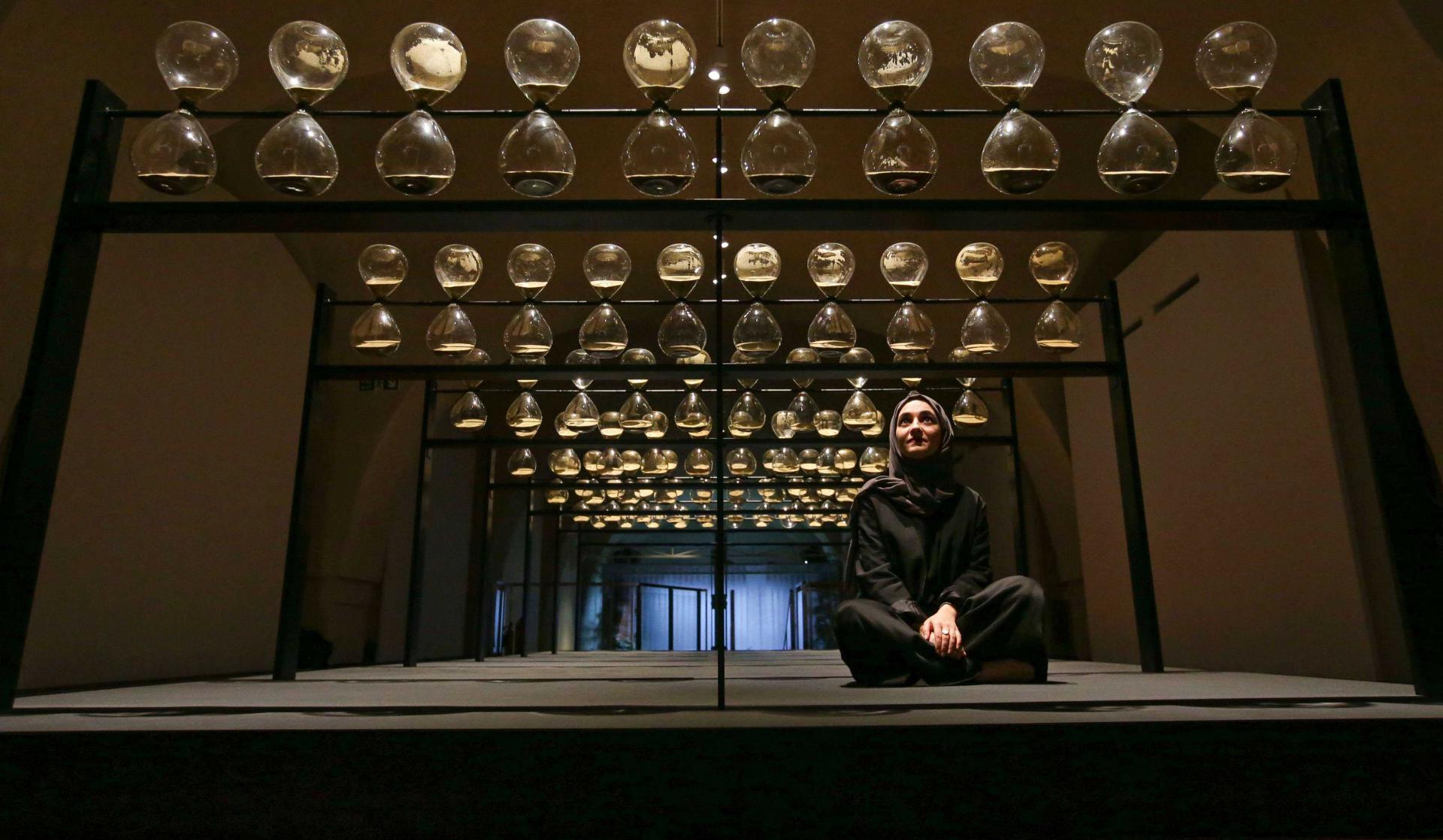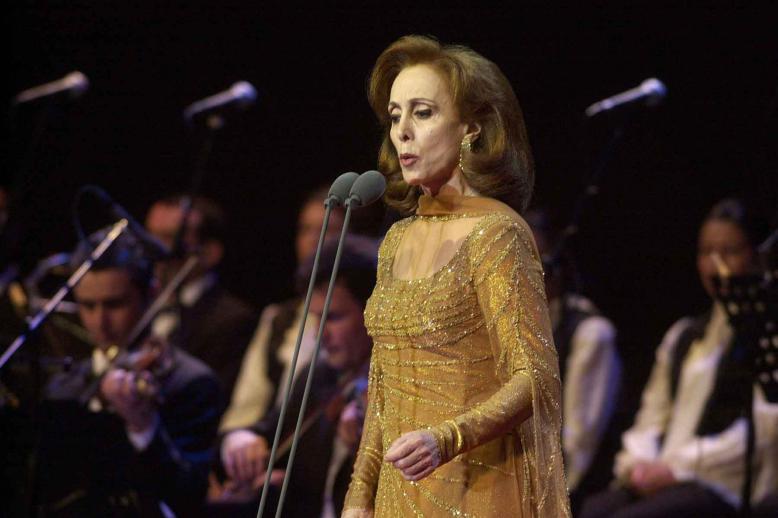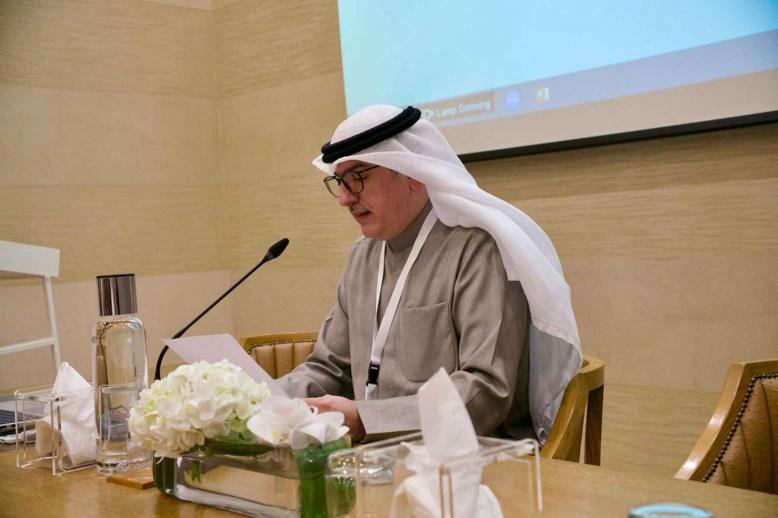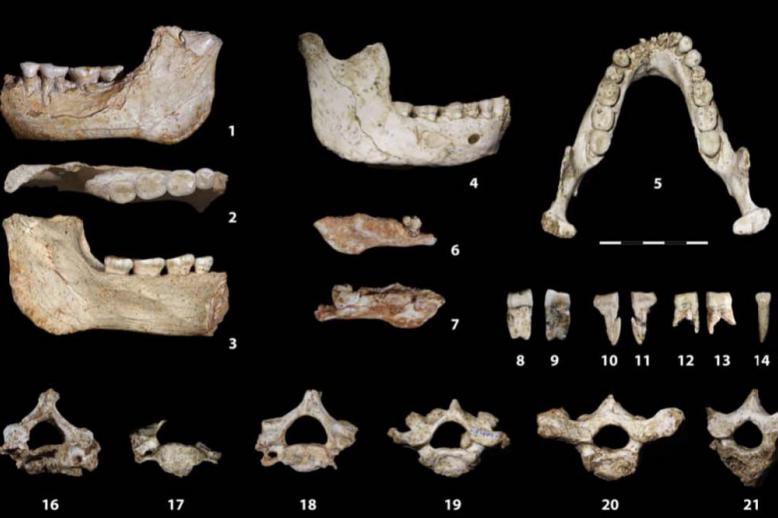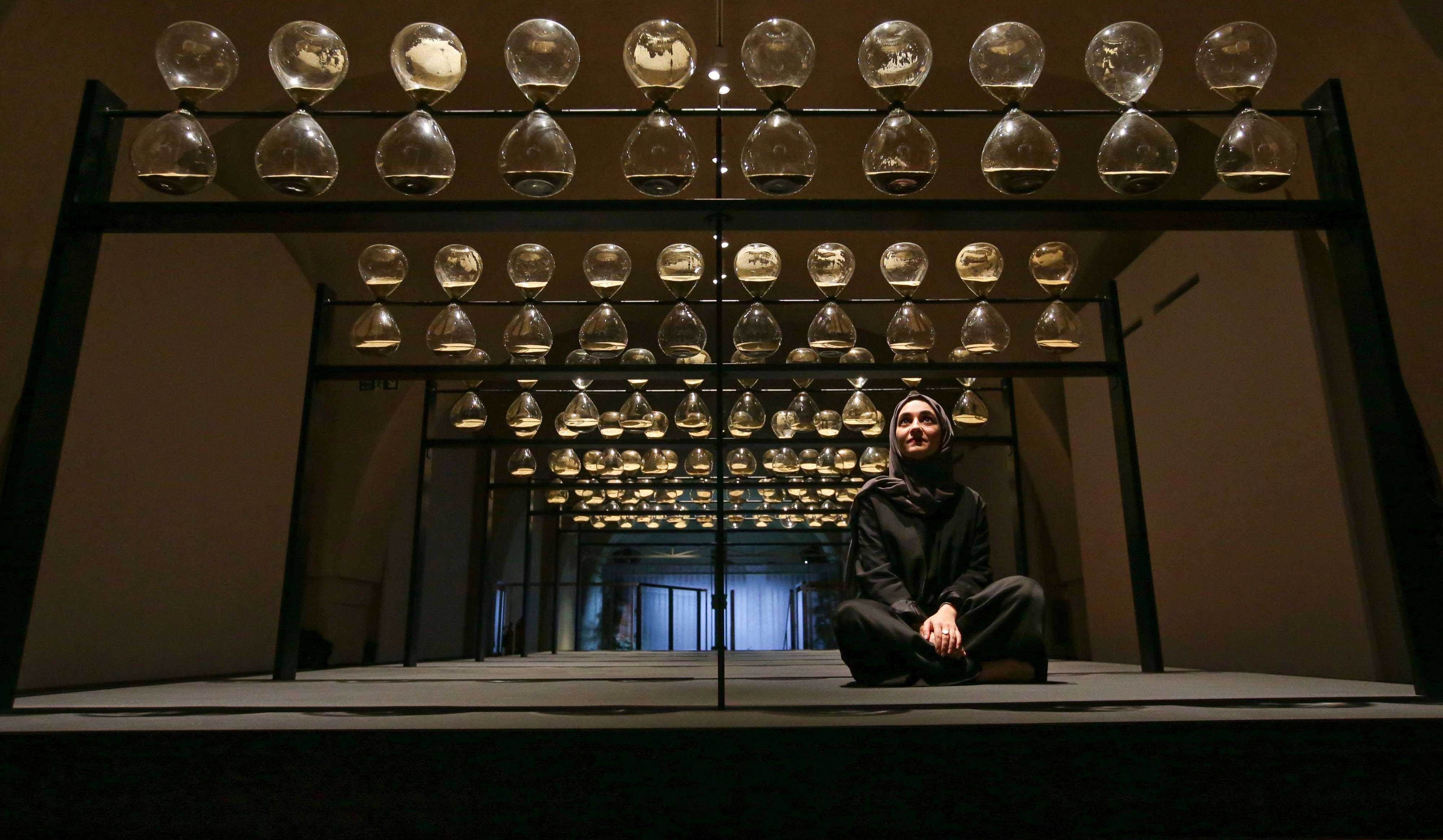Arab designers leave impact at London Biennale
LONDON - Egypt won the medal for the most outstanding overall contribution at the 2018 London Design Biennale. The United Arab Emirates, Saudi Arabia, Lebanon, Qatar and Somalia also mounted thought-provoking installations under the theme “Emotional States.”
“Entrants were asked to explore how design not only affects our lives in a practical way but also how it impacts on us emotionally. Visceral exhibits and experiences evoked moods and explored a particular country’s design story. Ideas about sustainability, migration, pollution, energy, cities and social equality were explored,” an introductory statement said.
Forty countries from six continents participated in the event at Somerset House, a royal palace from the 18th-century turned into an international contemporary arts centre.
The Egyptian installation, “Modernist Indignation,” curated by Cairo architect Mohamed Elshahed, was described by the biennale as “an elegy for a rapidly disappearing culture, seen through the prism of the first Arabic design magazine.”
The historical material on display had an air of melancholy and nostalgia. It told the story of Al Emara, the first Arabic-language design magazine, which was published 1929-1959. The magazine documented Egypt’s modernist architecture, which has either been demolished or left to decay.
“In the absence of accessible archives for the study and documentation of modernist architecture in Egypt, the magazine is the most comprehensive record of the country’s embrace of modernist design,” Elshahed said on the biennale website.
The installation told the story of the magazine through text, tastefully engraved in mirrors, photographs and copies of Al Emara. It featured “House of the Flying Architect,” a film made in the house of Sayed Karim, the magazine’s founder. The film discussed his 1939 manifesto “What is Architecture?”
Rapid change, development and progress coupled with a sense of nostalgia were the themes of installations from the UAE and Qatar.
The rapid passing of time was the theme of the UAE’s “Time is Subjective” created by Tinkah, a design firm in Dubai. Rows of hourglasses appeared suspended in air and rotated intermittently. The 70 hourglasses, filled with sand, were inspired by the 1970s, one of the most important decades in UAE history, which involved the emirates’ unification and transformation.
“The UAE’s installation looks directly at time and its personal meaning to the country,” Tinkah stated. “Time is subjective. In youth, a year appears like forever and as you grow a decade passes in a click. As a young country at only 46 years of age, the UAE is always in motion.”
Saudi artist Lulwah al-Homoud developed an abstract form of language evolved from the Arabic alphabet that she turned into geometric designs. The designs merged into one another as they were reflected in strategically placed mirrors, which produced a hypnotic, soothing effect.
Qatari designer Aisha Nasser al-Sowaidi said she was inspired by the nostalgia that pervades life in Doha, which is in constant, rapid reinvention. Visitors were invited to place their heads beneath domes each with a different scent: perfume, tobacco and mango, evoking the non-physical past as smoke [with different smells] but their outer shell was made of concrete, the dominant material used in Doha’s redevelopment.
Somalia’s exhibit “What Remains” traced the history of Somali architecture through images starting with its pre-colonial heritage and moving to its British and Italian colonial past, post-independence socialist modernism and scenes from before and after the civil war. The main installation featured 3D models of Mogadishu’s most iconic buildings and monuments.
Lebanon presented “The Silent Room,” a public space where visitors were insulated from outside noise and other sensorial aggressions. Designer Nathalie Harb said she meant to show silence as “a form of resistance, an act of cleansing needed to reclaim ownership of our thoughts and ourselves.” The room provided a cocoon-like space isolated from the noise of the city.
The United Kingdom’s exhibit “Maps of Defiance,” documenting the genocide of the Yazidi people in northern Iraq, offered penetrating insight into how architects, archaeologists, software developers and lawyers work together to document destruction in Iraq. The focus was on forensic techniques that the curators (Forensic Architecture, the Victoria and Albert Museum) said they hoped could be replicated in other conflict zones.
The installation showed how Yazidis used kites, plastic bottles and digital images to collect evidence of shrines and mausoleums destroyed by the jihadists to create 3D models that could be used in litigation. A sculpture of a Yazidi shrine dispelled the gloom of the sombre exhibition.
The effect of war was also examined by the refugees’ pavilion, which featured an installation of a makeshift home that can be unpacked and assembled in four hours. On its walls was a large colour photo of a refugee family in northern Iraq.
Adrian Jankowiak, an industrial designer curating the installation, said: “The emphasis was on sharing the stories of refugees before, during and after the process of resettlement by exhibiting objects they have designed.”
This article was originally published in The Arab Weekly.


